The Taotie (2024)
Gayle Chong Kwan was artist in residence at Compton Verney where she explored institutional, ritual, and sensorial haunting through the Chinese Neolithic funeral bronze and the miniature portrait collections. As aprt of the development of her work she created a diasporic ritual event that drew on the Ghost Festival in Medieval China and fire precessions in Scotland.


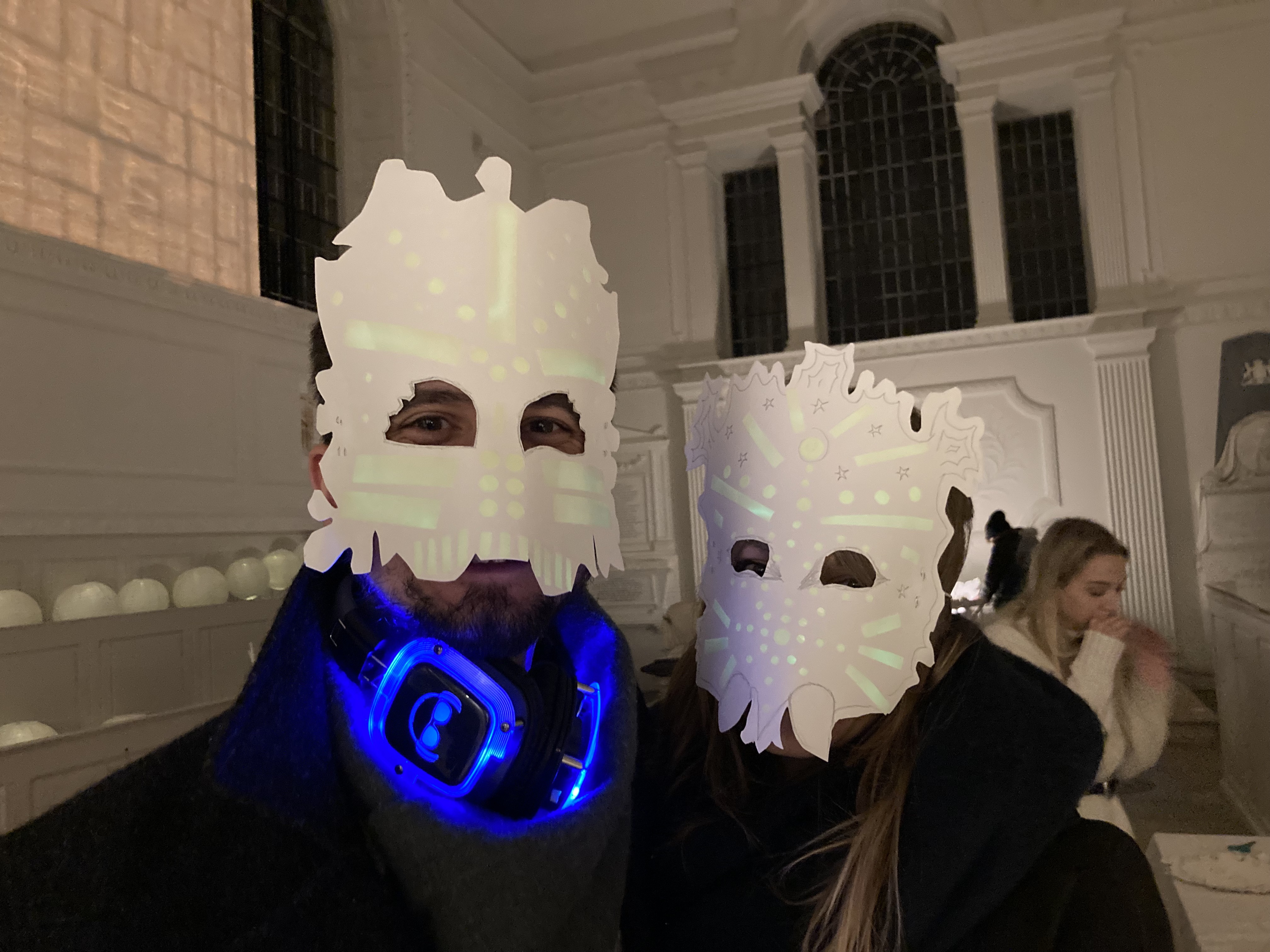
Gayle Chong Kwan 'The Taotie' at Compton Verney
***** 5 stars Laura Cumming, The Guardian
Compton Verney's shows are very often reflective of the building's past, its art collection and landscape. So it is with 'The Taotie', the special commission of Gayle Chong Kwan's installation of photographs of herself in a sequence of masks fashioned from archival images rendered as X-rays. The material is complex: old photographs of people, places, plans and seeds, or historic plaques and ghostly documents. Each shot shows the artist in front of a significant institution, from the British Museum to East India House. Her father (who appears in one mask) was Chinese-Mauritian, and it is possible to unpick each allegory in terms of empires, sugar plantations, servitude and immigration.But Chong Kwan's aesthetic speaks straight to the ancient art around it, from the horse's cruclicued nostrils to the bowl's delicate colour variations. She pays homage to the past, in these masks, even while exploring the brutal politics.
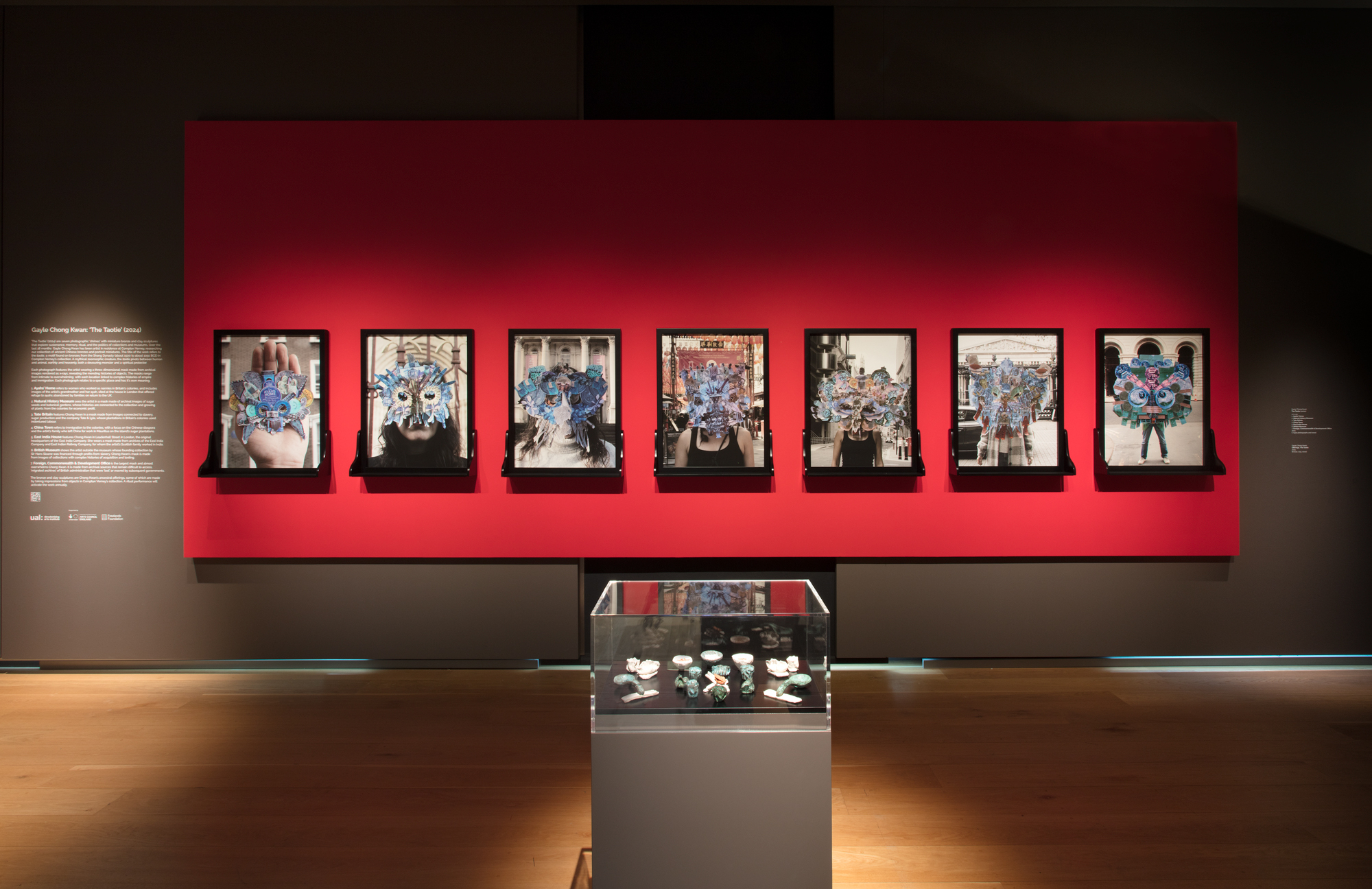
'The Taotie' (2024) is an installation of seven photographic shrines’ featuring pictures of the artist wearing masks made of archival and historical images that range in size from intimate to monumental, captured in contemporary locations and accompanied by bronze and clay sculptural offerings. Each self-portrait features Gayle Chong Kwan wearing a three-dimensional mask made from images, cut and collaged together to form a taotie - mythical Chinese creatures, the names translates as ‘glutton’, that exist between human and animal, earthly and heavenly, devouring monsters and spiritual protectors. Each setting is directly connected to the complex histories presented through the archival materials of the mask. An annual ritual of vocal performance and collective offerings animate the work each year.
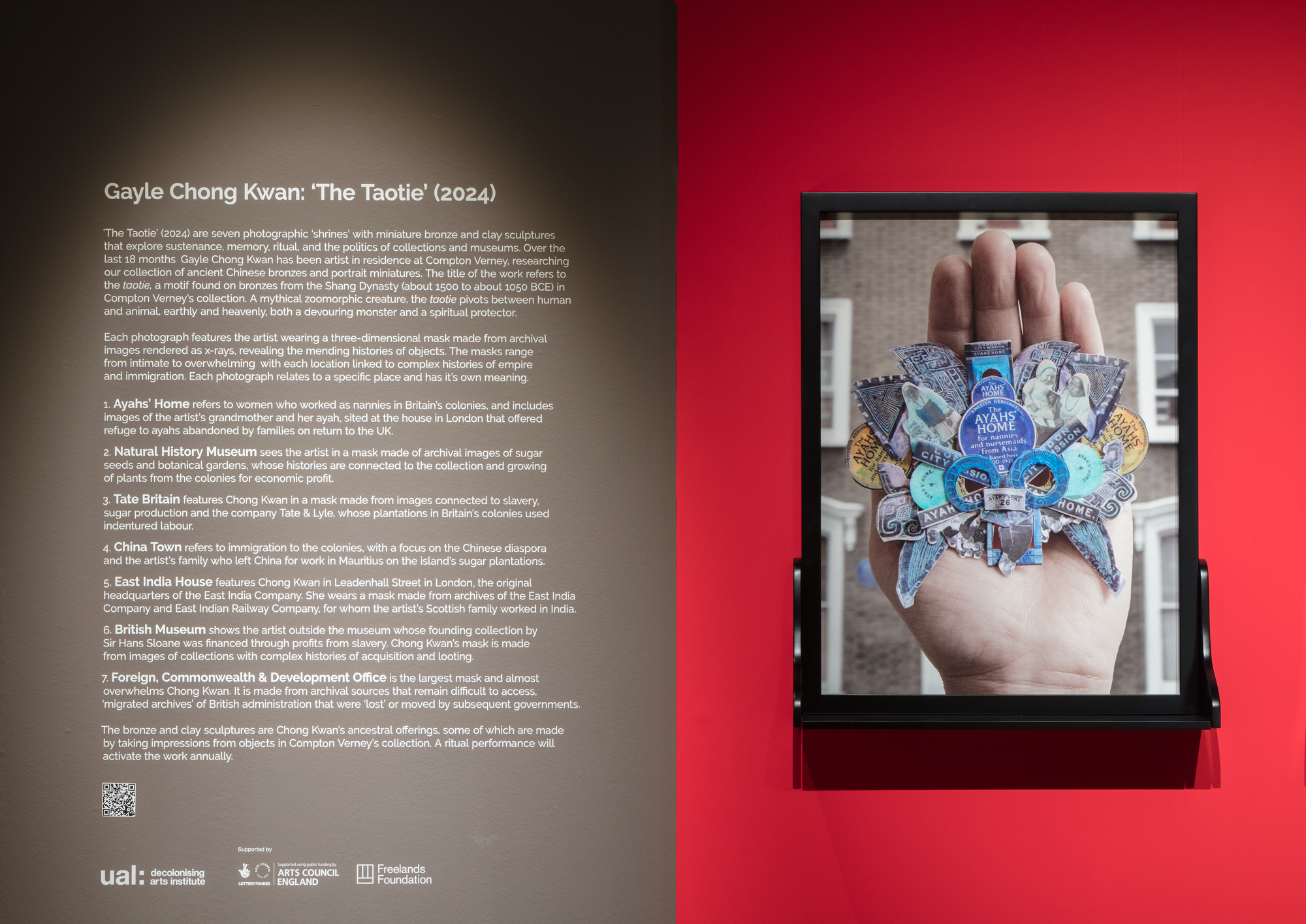
Gayle Chong Kwan explored institutional, ritual, and sensorial haunting through contrasting the portrait miniatures and Chinese Neolithic bronze funereal objects at Compton Verney. The miniature portraits are intimately connected to the body, as they were often worn under clothes or next to skin, and when taken out could be held in the palm of the hand. She was struck by the bodily/inner/hidden histories of practice of x-raying objects in collections for information on provenance, repairs, construction/structure techniques and interested in the taotie, that exist between human and animal, earthly and heavenly, devouring monsters and spiritual protectors. She was keen to amalgamate the sensibility of miniatures and bronzes, revealing and exposing unrecognizable spectral revenants of sustenance, memory, and colonial and diasporic histories.
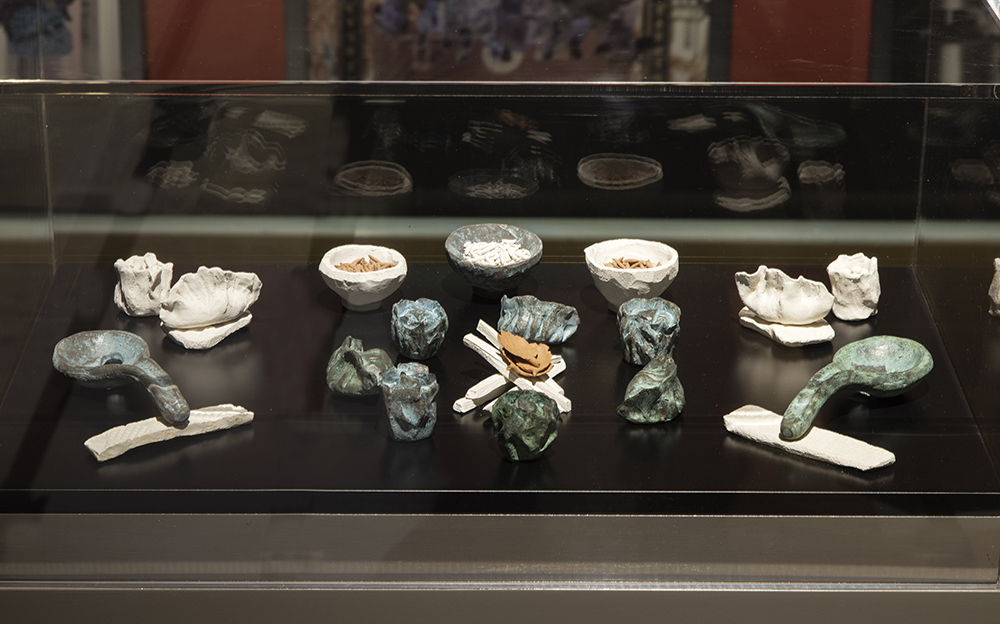
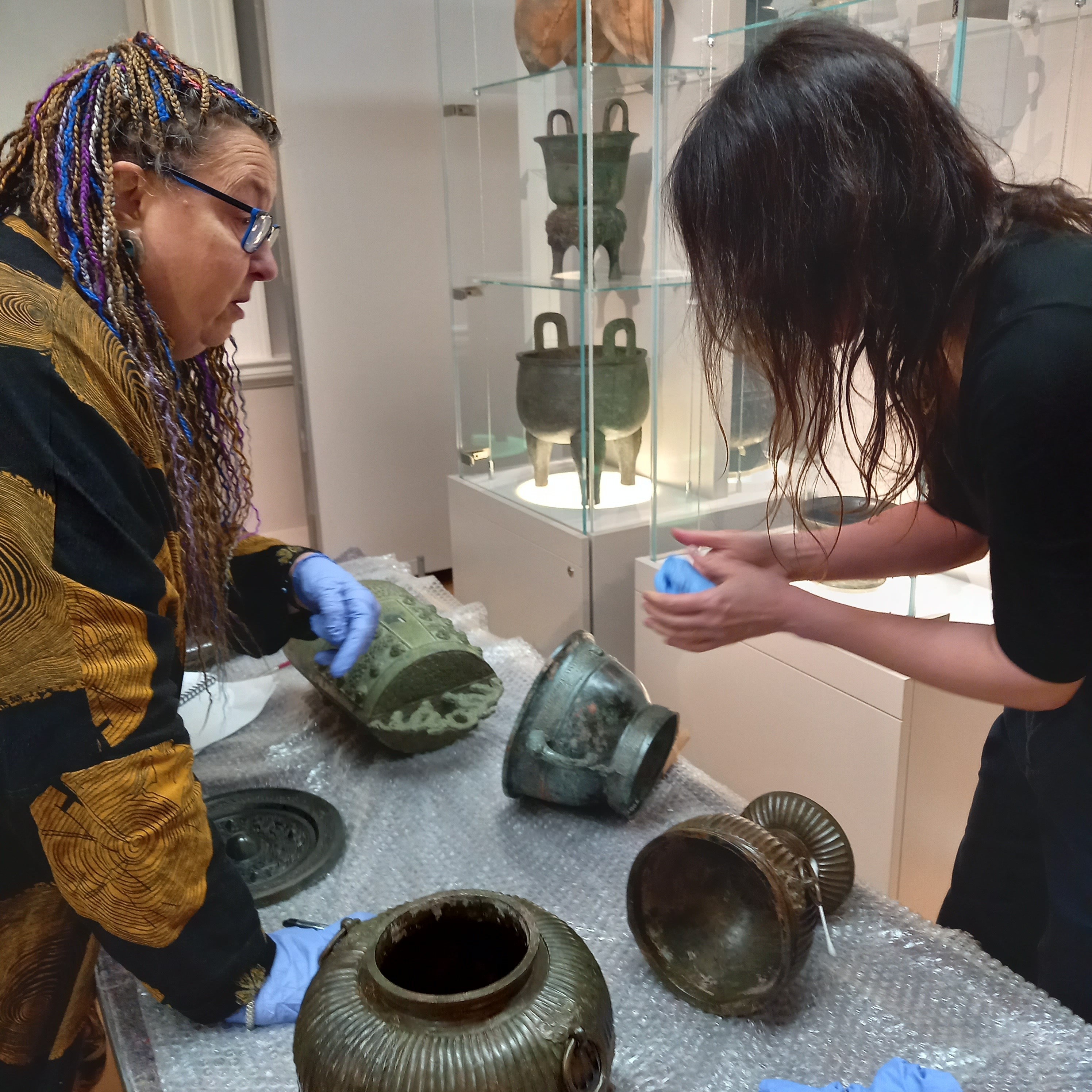
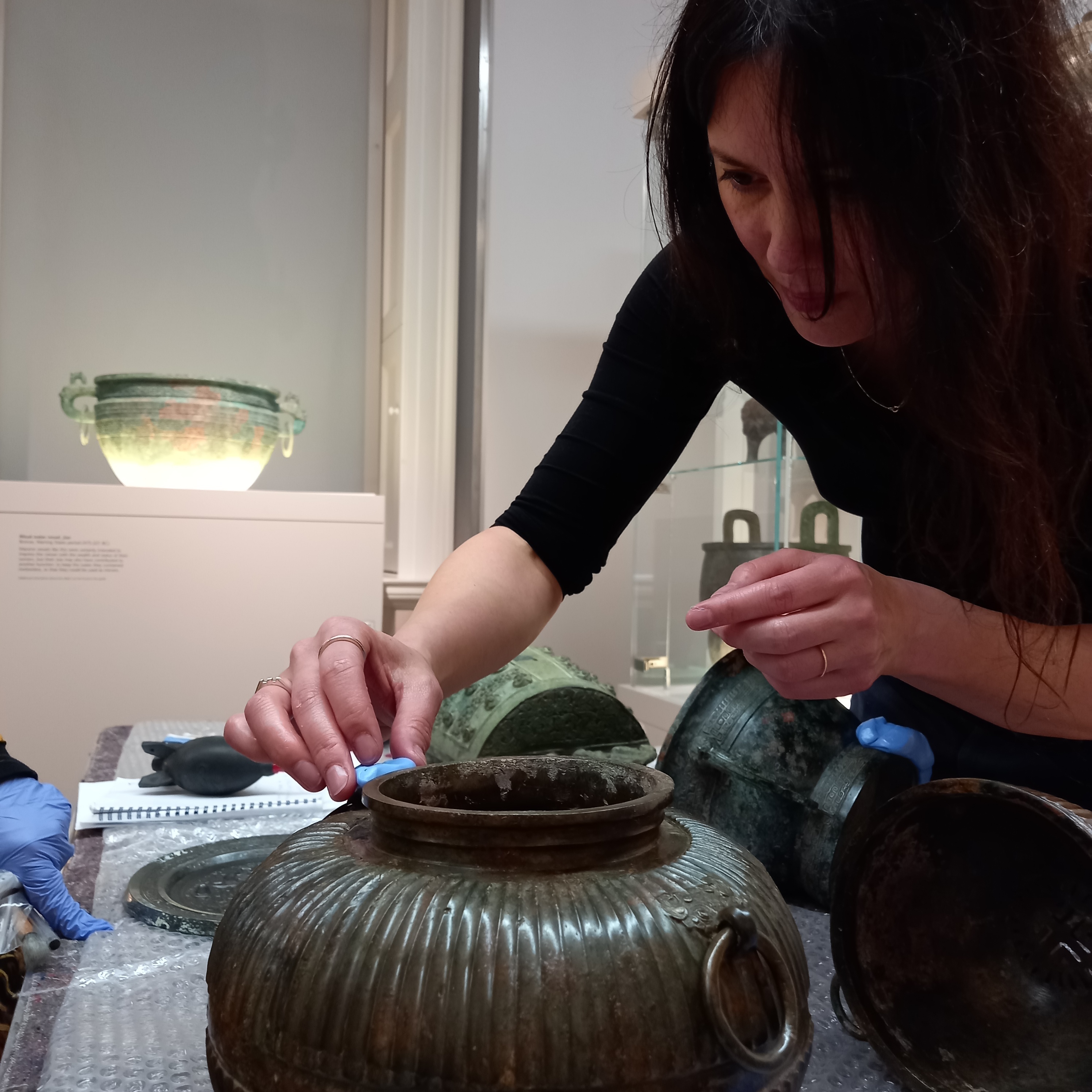
The eyes, nose, and half-formed mouth are talismans of my own diasporic heritage, histories of extraction and exploitation. Each setting is directly connected to the complex histories presented through the archival materials of the mask. In the smallest, Ayah´s Home, held in her hand as it echoes the size of miniature portraits, she stands in front of a house in Hackney that between 1900 - 1921 housed ´ayahs´ - women who worked as nannies, nursemaids, and ladies´ maids in British colonies who often were abandoned after making the long sea voyage. The mask is made from archival images of these women, and of the ayah who looked after her grandmother when my Scottish family were in Calcutta working on the East India Company Railway. The largest mask Foreign, Commonwealth and Development Office, nearly overwhelms me as she stands outside the FCDO entrance in Westminster. The mask is made of the “migrated archives”, a collection of files from 37 former dependencies which for many decades were said not to exist, and many remain under lock and key, believed to contain potentially incriminating evidence of colonial policies. In front of the seven photographs she made a series of bronze and clay food vessels and dim sum that refer to Chinese-Mauritian rituals of food and conviviality, the Hungry Ghost Festival and offerings in Chinese domestic shrines. The intimate sculptures bear impressions of Compton Verney’s bronzes. An annual ritual of vocal performance and collective offerings animate the work each year. Gayle Chong Kwan
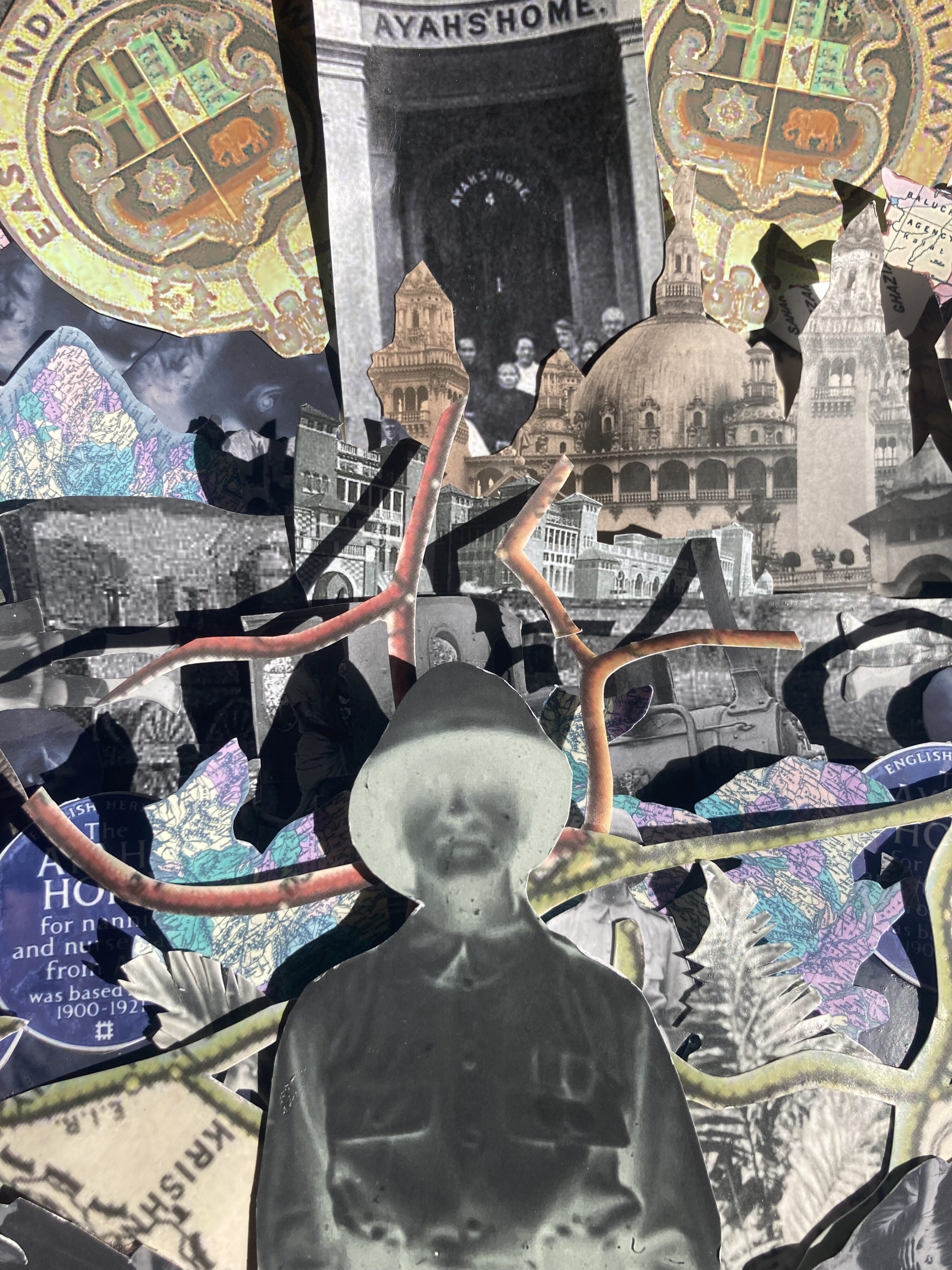

Nathaniel Grant writing on Gayle Chong Kwan's 'The Taotie' (2024)
The Taotie animates (quite literally) objects which may otherwise have been left as funerary data for the tired eyes of so many passers-by, in, yet another, yet-to-be-decolonized museum setting. Bordering on a type of digital necromancy; The Taotie first invites us to consider that which stares up at us from the hidden depths of the earth by the power of x-ray. It is during our apprehension of the series of artist-featured photographs, that we realise integral link between the masks and the way in which they navigate the artists own complex diasporic and cultural familial identities. The artist has in fact become part of the taotie. Such energy and significance as may attach themselves to ancient ancestral objects contemplated intellectually, also appeals to the viewers senses, visually, when seen in the flesh and blood ritual activity which the placing of object, artist, and photo allows for in The Taotie. The Taotie in photographs, in models, via masks, in shrine simulacra, and in ritual provision: intimates these deep truths in a way in which we feel that we are not merely haunted by archived material from the dry and academic past, but-conversely; that it is we who are doing the haunting. It is we who engage The Taotie or become such ourselves: ever hungry, as we suppose them to be, for the decolonisation of the academy, museum, and arts: terrible and beautiful in our own unique ways.